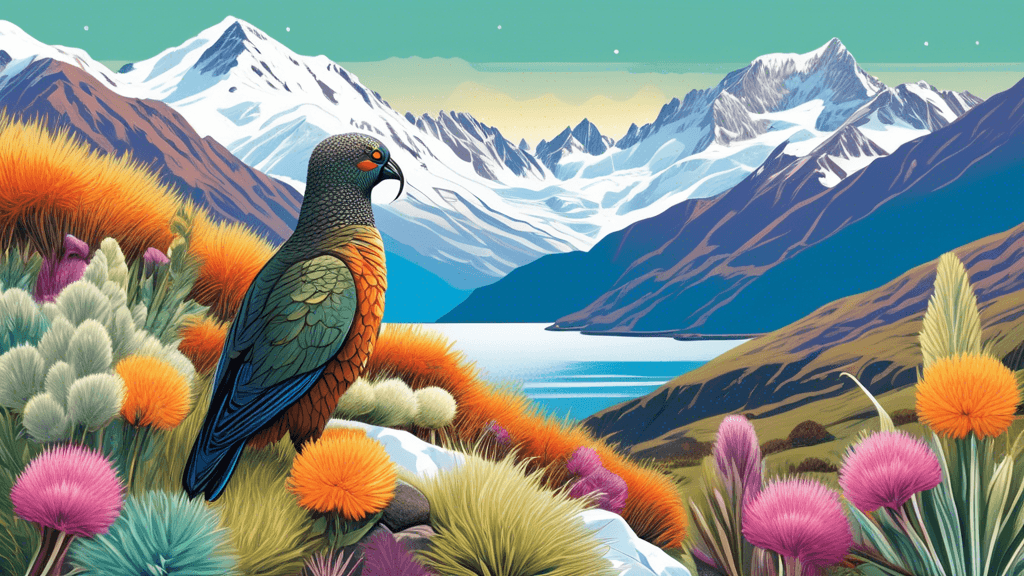
Exploring the Unique Alpine Flora and Fauna of New Zealand's Highlands
Share
Discovering the Alpine Flora and Fauna of New Zealand's Highlands
New Zealand is renowned not just for its picturesque landscapes but also for its unique biodiversity, especially in its highland regions. These alpine areas, reaching into the clouds, are home to a range of flora and fauna that have adapted in remarkable ways to thrive in this harsh environment. What makes these species so special, and why should we take steps to conserve these natural treasures?
A Closer Look at Alpine Flora
The flora of New Zealand's highlands is characterized by an array of plant species that are not only beautiful but incredibly resilient. The harsh conditions these plants endure include freezing temperatures, high UV exposure, and limited nutrients. This has forced them to undergo remarkable adaptations.
- Mountain Daisy (Celmisia): One of the most iconic and widespread genus, Celmisia exhibits striking silver or green leaves with long-lasting, large white flowers, which can withstand the cold by storing heat during the daytime.
- Kea parrot: The world's only alpine parrot, known for its intelligence and curiosity, highlights the adaptive behaviors of fauna in New Zealand’s highlands.
- Tussock Grasslands: These grasses dominate the alpine landscapes, forming a critical protective layer that guards the soil against erosion and helps in water retention
Unique Animals of the Alpine Regions
Alongside unique plants, the highlands of New Zealand are teeming with fascinating animal life, each species adapted to the conditions of high altitude living.
- New Zealand Rock Wren/Xenicus gilviventris: This bird is perfectly adapted to the cold, being one of the few Alpine birds that remains in high alpine zones even during the harsh winters.
- Alpine Geckos: Remarkably, these reptiles can be found up to the snow line and have adaptations like antifreeze-like blood, which prevents freezing.
Why is Conservation Critical?
Despite their resilience and adaptability, the unique flora and fauna of New Zealand's alpine region face significant threats from climate change, invasive species, and human activities. As noted by renowned botanist Sir Peter Wardle, the ecosystems of New Zealand’s highland areas are as fragile as they are beautiful. Protecting these environments is critical not only for the survival of these species but for the ecological balance they support.
Conservation efforts are essential to manage and mitigate the threats posed by non-native species and ensure that these regions remain sanctuaries for their endemic species. This includes not only setting up protected areas but also fostering a deep connection and understanding among locals and visitors alike towards these ecosystems.
How Can You Help?
Individual actions can go a long way in supporting conservation efforts:
- Engage with credible organizations working to protect New Zealand's environments, by donating or volunteering.
- Practice responsible tourism if visiting alpine regions by staying on marked trails and abiding by local conservation guidelines.
- Educate others about the importance of these ecosystems and the unique species that reside there.
As we continue to explore and understand the rich tapestry of life in New Zealand's highlands, the responsibility to protect and conserve this remarkable heritage grows. Whether through support for conservation efforts or individual actions, each step helps ensure these ecosystems continue to thrive for generations to come.
Ready to become a part of the effort? Start today by learning more about these unique ecosystems and consider supporting conservation initiatives. Every effort counts!





